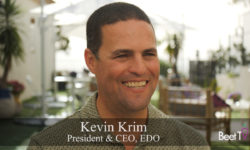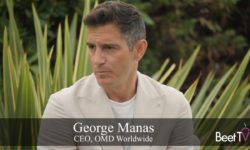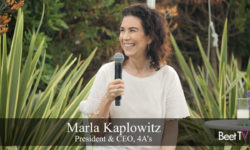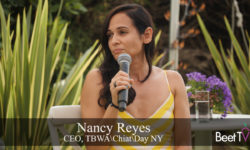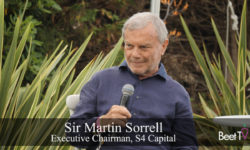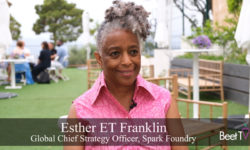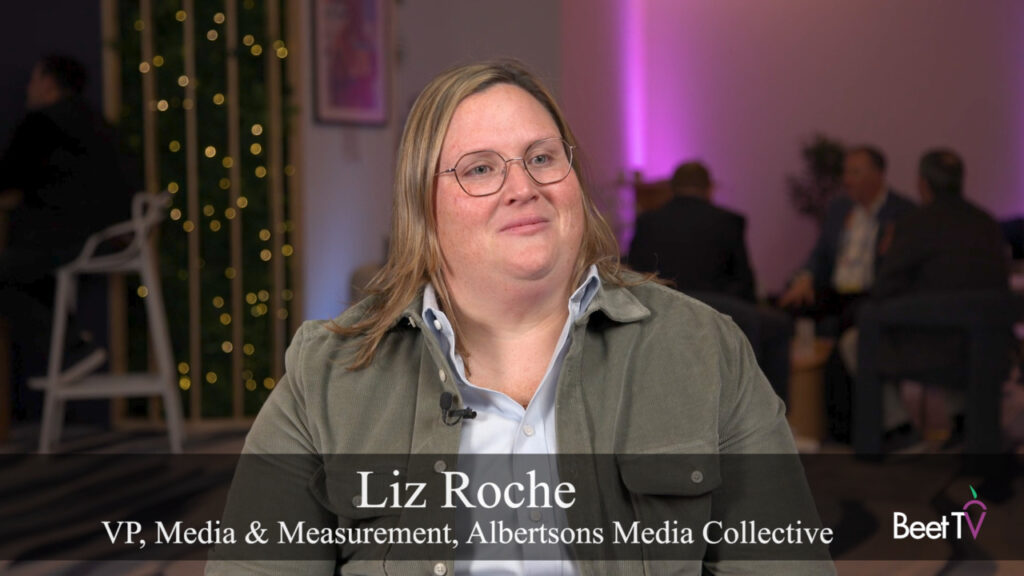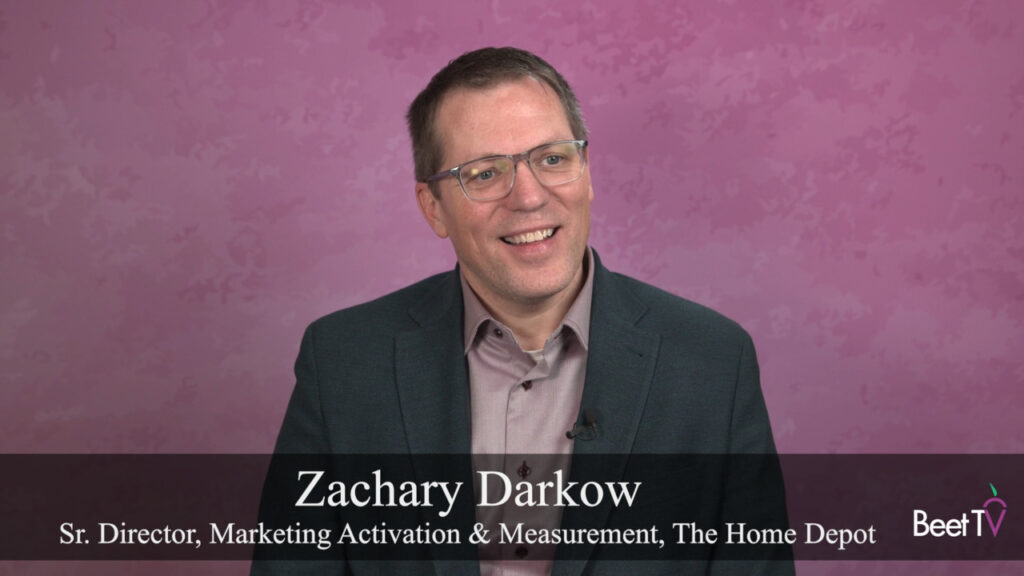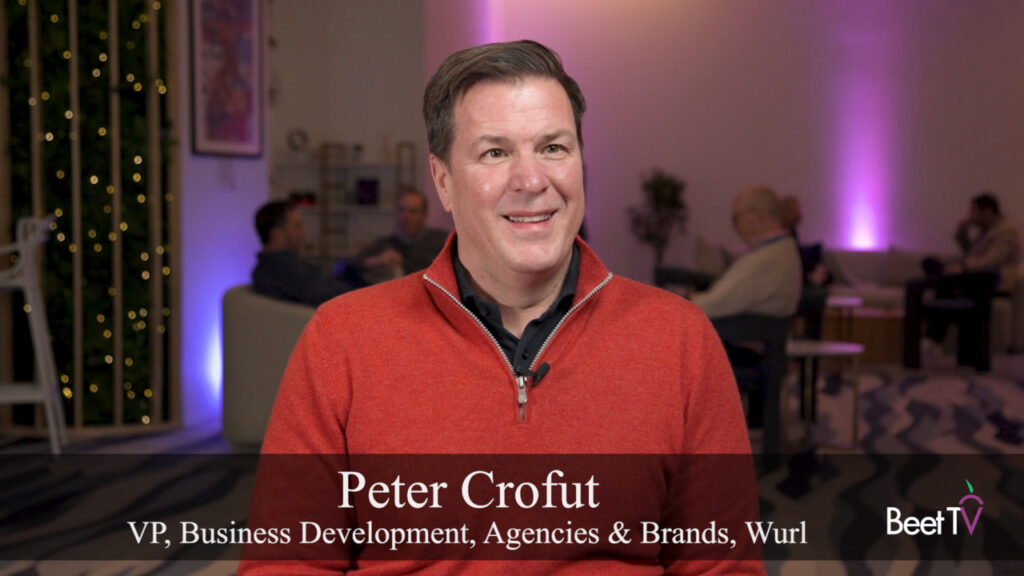CANNES – Advertising campaigns are most optimal when they’re backed with a strong marketing strategy. From there, brands also can determine which media channels are most effective in reaching a target audience.
“There is no great creative execution without great strategy,” Nancy Reyes, chief executive of Omnicom Group’s TBWA\Chiat\Day New York, said in an interview with correspondent Tameka Kee at the Beet Villa during the Cannes Lions International Festival of Creativity. “Strategy is meant to really deepen our insight, our smarts, our knowledge, our intelligence about the consumer.”
Brands have a variety of ways to engage those consumers, including social media channels that most people access through smartphones. Effective marketing strategies consider these contextual details.
“There’s so many ways to execute that creative across different channels, across different social platforms in different ways,” Reyes said. “Strategy has a different role there — more of a communication art approach: how is the best way to express this idea knowing this consumer and how they use this platform and how a brand might be perceived in this particular platform?”
Measuring Social Media’s Effect on Brands
Social media have become a significant part of marketing strategies because they have detailed information about consumers, their interests and how they respond to ad messaging. Brands can measure these responses throughout different parts of the purchase funnel. However, marketers need to consider the pitfalls of some metrics, Reyes said.
“There’s a number of ways to measure social, and I think we can overplay any one of those buckets if we’re not careful,” she said.
Measurement data can provide insights for short-term tactical optimization, such as online followers, subscribers, views, likes and comments.
“Those things give me a sense of what’s performing well, and what’s not performing well, when people are dropping off, when people are staying on,” Reyes said. “I can optimize the performance of any one of those creative pieces as a result of that measurement, that data.”
In addition to engagement metrics that help to manages campaigns as they’re in flight, social media can help to measure how consumers perceive brands more broadly. Social media company Meta Platforms and Google’s YouTube offer ways to measure brand awareness and lift.
“We’re realizing that social plays a tremendous role in brand,” Reyes said. “We can actually see once we run a social campaign, or the brand has been present in social: is it having a positive impact on the brand or negative impact on the brand?”
Challenges with Social Commerce
Many social media platforms are building support for ecommerce, giving consumers a way to immediately transact after seeing a paid ad or organic post from a brand. Marketers can measure lower-funnel activity to help tabulate metrics such as cost-per-acquisition and customer lifetime value.
“There was an explosion of commerce that happened. I think it was massively influenced by the pandemic,” Reyes said. “We were scrolling on our phones. We were limited in terms of our in-retail presence shopping, in-person shopping.”
Many digitally native brands that focus on ecommerce sales were well positioned to interact with customers online. Conversely, more traditional brands that sell through established brick-and-mortar retail channels faced a challenge in responding to the sudden shift in shopping habits.
“In this particular case, especially with brands that were not born on social channels, the best thing to do is to experiment a little bit at a time, build it into the idea, see how it does,” Reyes said. “And then see if we can make the case to change the sales operation model.”
You are watching “The Mediaocean Retreat,” a Beet.TV Leadership Summit at Cannes Lions 2022.
For more videos from this series, please visit this page.
Beet.TV is an official partner of Cannes Lions.







